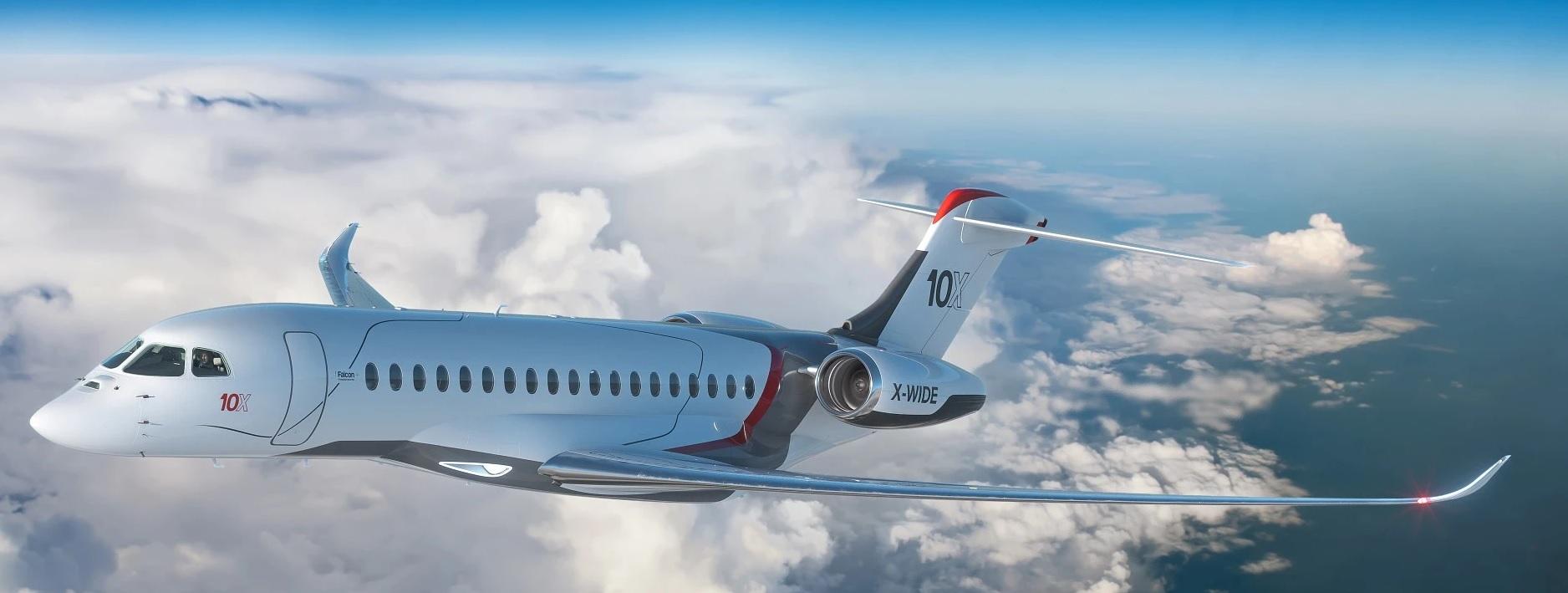
Sitting in the crosshairs of "flight shaming" and other anti-air travel protests, business aviation is the sector most in need of sustainable solutions but—because of its high-performance requirements—is the most challenging commercial market to decarbonize.
While sustainable aviation fuel (SAF) is virtually the only near term go-to option for business aviation, more radical innovations will be required if net-zero carbon targets are to be met by 2050. Part of the answer could come from technology being hatched under Europe’s newly launched Clean Aviation aeronautics research program.
Although focused on air transport, some technology advancements will benefit business aviation and build on the previous Clean Sky 1 and 2 initiatives, which included some research specifically aimed at improving the sustainability of the corporate sector. Clean Aviation aims to mature a raft of technologies enabling a fuel-burn reduction of 30% for a single-aisle airliner and 50% for a regional aircraft.
Clean Aviation’s target is to have those technologies ready for adoption by 2028-29, when manufacturers need to decide to launch development of the next generation of aircraft. Under Clean Sky 2, most activity for which has now been completed, key environmental objectives were outlined for a new business jet concept with a reduced sweep wing. Compared to a 2014 state-of-the-art design, the plan targeted aggressive emissions reduction goals of more than 30% lower CO2 and NOx by 2035.
Much of the Clean Sky business jet-related work focused on advanced wing technology, some of the results of which will debut on Dassault’s Falcon 6X and 10X programs. These include an innovative composite wing root box demonstrator which targeted up to a 10% overall wing weight reduction. Developed by Dassault Aviation with Aernnova, the project incorporated a demonstrator panel based on the wing geometry of the Falcon 8X.
Also studied under Clean Sky were laminar flow aerodynamics, some of which was evaluated in a Falcon 7X, a low-noise twin-fin empennage configuration and active control systems. Together with a very high aspect ratio composite wing, Dassault says the low-drag laminar work could combine to improve cruise efficiency by 20-30%.
Part of the expected efficiency is driven by a greater level of wing integration—with advanced aerodynamics, ice protection, a leading-edge erosion shield and bird-strike protection all combined into the leading edge as a single formation rather than the current layered design approach.
Under Clean Aviation, follow-on work on the low sweep business jet is targeted at an enhanced cockpit demonstrator which aims to enable reduced crew operations and minimize workload, while cutting aircraft weight, reducing the volume of aircraft systems and improving overall safety.
The project team includes Dassault, Honeywell, Safran Aerotechnics, German aerospace research center DLR and others. Features to be incorporated include an approach-stabilization assistant, an energy-management tool to reduce pilot workload, new navigation sensors, new crew interface systems, an innovative head-up display and a pilot-state monitoring system that checks the health and alertness of a pilot, aimed at enabling reduced crew operations, as well as single-pilot operations in the longer term.
Dassault is also leading the €25.5 million Concerto (Construction of novel certification methods) project which will deliver regulatory materials for certification of technologies developed under Clean Aviation’s three thrusts—ultra-efficient short/medium-range aircraft, hybrid-electric regional aircraft and hydrogen-powered aircraft. Concerto will also include work on preliminary descriptions of means of compliance for certification. To prevent delaying entry-into-service, Concerto also involves the European Union Aviation Safety Agency (EASA) from the outset.
Another Clean Aviation program led by Rolls-Royce Germany called Cavendish also has direct ties to business aviation. The €29.2 million project is targeted at integrating lean-burn hydrogen combustion into a Pearl 15 donor engine for ground testing on liquid hydrogen (LH2) starting in late 2024. The Pearl 15, a development of the BR700 family, powers Bombardier’s Global 5500 and 6500. A second objective of Cavendish is to work on aircraft integration and formulate a route to a flight demonstration with Dassault in the second phase of Clean Aviation.
The project also will explore technologies for a dual-fuel combustor capable of operating on 100% hydrogen or 100% SAF and a cryo-compressed LH2 tank system.
